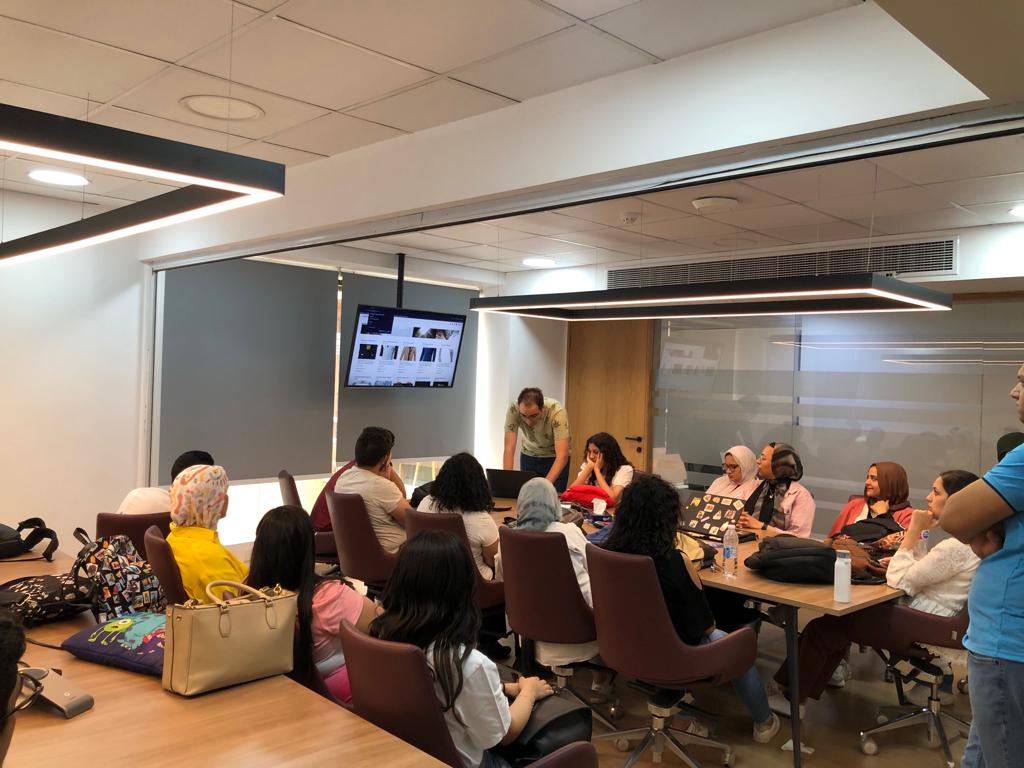Applying Agile values & principles to daily work life
Agile… Go agile… Be agile
Terms that we are hearing a lot lately, specially in software development companies
Let us know what exactly the agile is
Agile is not a methodology or specific way of developing software and not even framework or process
Agile is a set of values and principles which are giving people a common foundation for making decision about the best way to develop software.
Nowadays, the technology is going very fast and business needs are changing in high frequency to cope with the market changes. Software development companies must react very quickly in order to maintain their position in the market. Consequently, agile now is a must to allow development teams to accept changes and move quickly.
Agile Project Management Methodology vs. Agile Values & Principals
Good question to appear, “Is agile project management appropriate for any type of project?” You will be surprised that the answer is No. The reason is that following specific management methodology should be decided based on the project natural. In some cases the traditional way, waterfall, is more appropriate. So may be some projects should manage by the tradition project management methodology. Agile is different from waterfall. In the latter projects are completed sequentially whereas agile projects are completed iteratively in a cycle.
Another good question is “Is the agile values and principles are applicable for any type of project?” and now the answer is Big Yes, it can be applied not only for any of type of projects but also for any type of work and even for your personal life.
Agile Values & Principals
In order to move faster, think bigger, and waste less time in our day-to-day work, we need to be familiar with agile principles & Values
- Individuals and interactions over processes and tools
- The idea is building and fostering systems, practices, habits, and values between people is more important than creating systems of processes and tools.
- Working software over comprehensive documentation
- The idea of getting things out into the world is more valuable than launching a perfect (and perfectly documented) project out of the box.
- Customer collaboration over contract negotiation
- It is more essential to understand the customer’s needs rather than what was negotiated in the contract. In order to develop software that meets customer needs, it is essential to have regular communication with the customer all along the development process.
- Responding to change over following a plan
- Change is valuable for creating great products. Using agile management principles, project teams that can respond quickly to customers, product users, and the market in general are able to develop relevant, helpful products that people want to use.
Agile Manifesto Principles are 12 including: Customer satisfaction, Welcome Change, Deliver frequently, working software, working together, motivated team, face to face is the best form of communication, self-Organized team, technical excellence and good design, Simplicity, Sustainable development to be able to maintain a constant pace, Reflect & adjust.
Appling agile values & principles to daily work life example
egabiFSi consulting team is implementing ready-made Banking solutions such as Oracle, and Moody’s. Projects here are not just software development. The nature of these projects requires are innovative tactics. Agile methodology can’t be applied across the board. As the scope cannot be divided into sprints or milestones, we use some agile principles in our daily work as follows:
- Having a daily 15-min standup meeting to synchronize the project team members and explain what did we do yesterday? What will we do today? And do we see any impediment that prevents meeting our goal?
- Having Monthly meetings similar to sprint planning to discuss the monthly plan and scope that need to be achieved during the coming month
- Having a Monthly retrospective meeting to review what went well and what didn’t with specifying actions to make the next Month work better
- Getting a regular feedback from our customers and conducting live demo at the completion of any milestone
- Being flexible in getting changes in requirements, even in late development to satisfy our customer business needs





